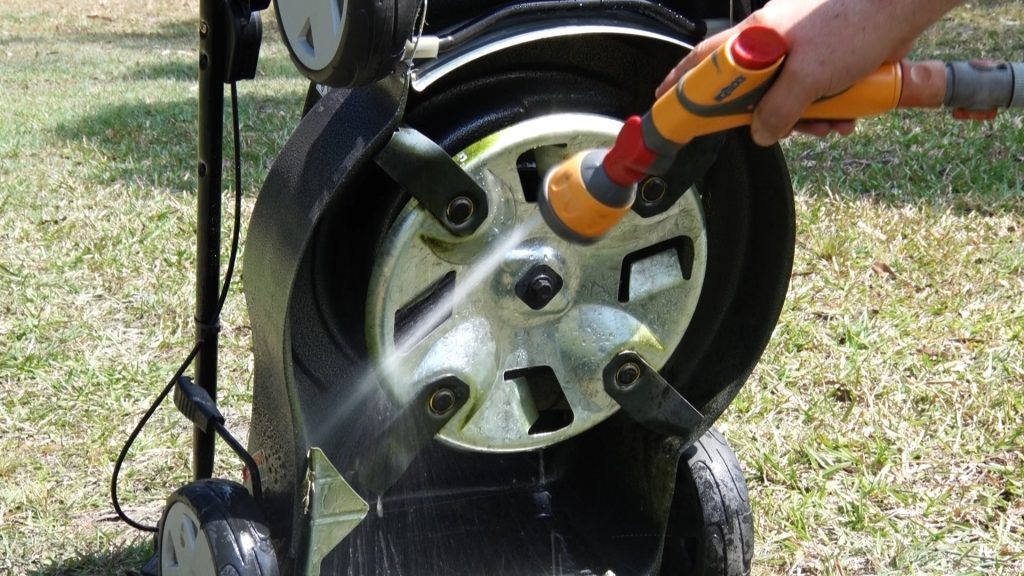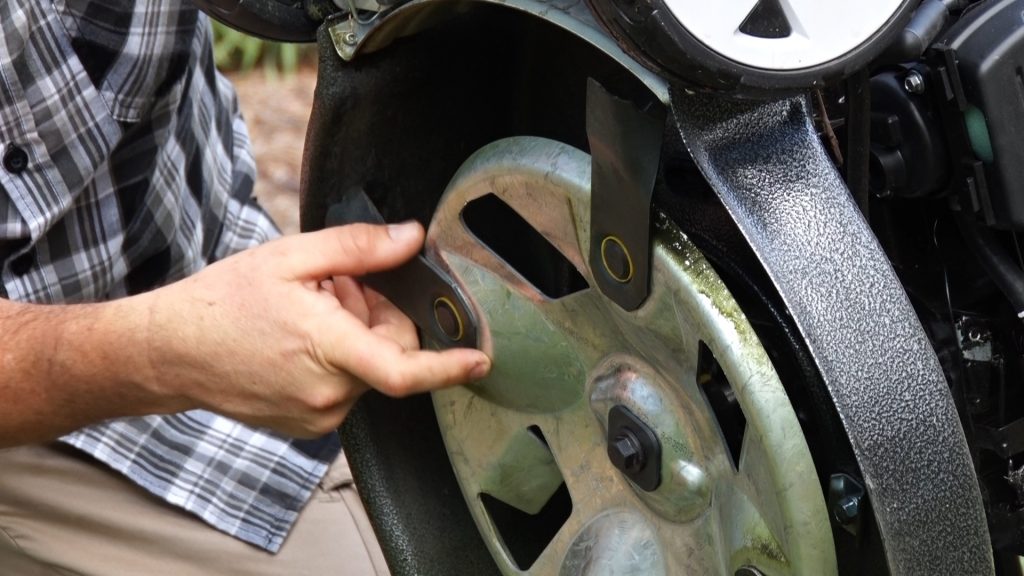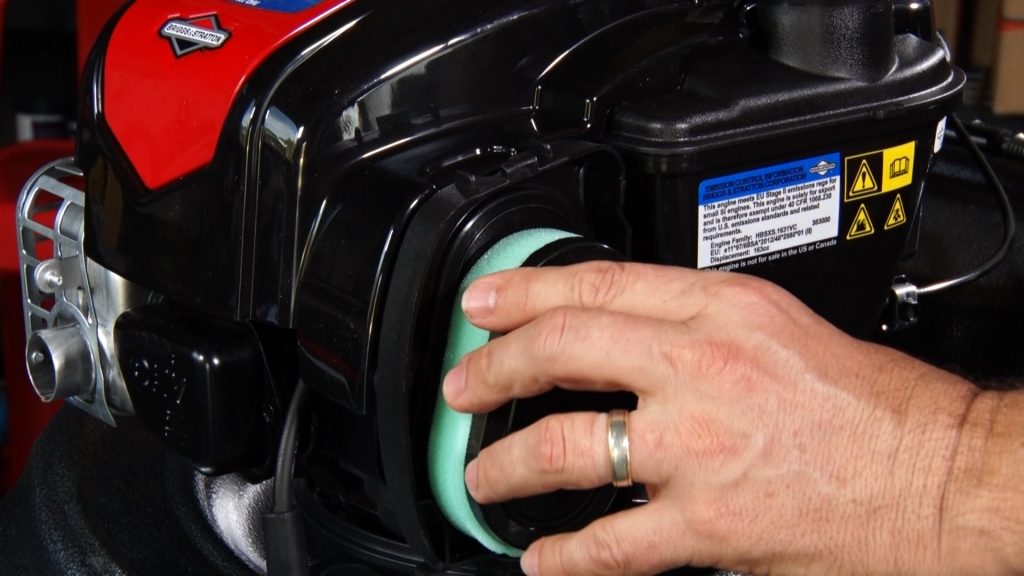With spring in full swing and gardens set to explode with activity we engaged horticulturalist and Victa ambassador Adam Woodhams to share his tips and tricks for maintaining your lawn mower.
Your typical lawn mower is a pretty robust and reliable piece of machinery, performing on demand even after months of sitting at the back of the shed. But like any machine, a lawn mower needs regular maintenance to keep it performing at its best and to ensure a long working life. For most of us, there is some maintenance that needs to be done by your local lawn mower mechanic, like oil changes and tune-ups, but you’ll find that the rest of it is pretty easy to do yourself at home.

Let’s start at the finish. Every time you mow the lawn you need to make sure you’re putting away a clean lawn mower. To do so, tip the lawn mower over with the spark plug pointing upwards. One safety caution first – always disconnect the spark plug lead before doing anything under the deck. The reason for this is that if you turn the disc it can sometimes work like an old-fashioned crank-start lawn mower and fire-up the engine unintentionally.
If there’s just a little build up of clippings and muck you may be able to brush it away, otherwise simply hose it off. Just take care to avoid wetting anywhere other than under the deck. Some lawn mowers have a built-in wash-port – if so, simply connect your hose and run the lawn mower on full for about 30-seconds. Then, before you put it away, run it on full revs for a minute or so to completely dry it off.
The blades of a lawn mower should also be checked regularly and once it’s clean under the deck it’s the perfect time to have a close look at them – just make sure that spark plug is disconnected. Look for:
- Excessive wear
- Blunt cutting edges
- Any chips taken out of the blade
If you find any of these problems, replace them, don’t try to re-sharpen them as this can actually cause a range of problems.

Changing blades is easy but not done the way one would expect. With the lawn mower sitting level and the spark plug disconnected, open up the discharge flap and use a strap to hold it open. Rotate the disc so the blade is towards the chute. Use a ring spanner to undo the nut on the top of the blade and remove. Repeat for all blades. It’s good practice to replace all nuts and bolts when you replace the blades (you’ll find they come in the pack) and don’t just replace one blade.
When buying new blades, all you need to know is the brand, model and deck size (or cutting width). Fitting them is simple, just reverse the process above and make sure the nuts are nice and tight – tightened to 14-19 Newton metres for the technical minded.
While the lawn mower is up on the bench, make the most of it and check the air filter. On most modern mowers it will be on the top, front or side of the engine but may be on a ‘snorkel’ on the handle on older machines. To remove, carefully unclip or unscrew the cover and pull it out. If it’s very dusty – use a clean, stiff paintbrush to brush it off, avoiding any dirt falling inside the filter. If it’s looking really clogged, or is damaged – best to replace it with a new one. Make sure to always clean and check the filter seals too.
Next step is to look at the spark plug – here you’ll need a spark plug socket for removing the plug. Simply pull it out and look for any buildup of material around the electrodes or any wear or discolouring. If it looks at all doubtful, replace with a new one making sure to fit it back in firmly.
Now the heavy-duty tasks are through, time to give everything else a quick once-over.
Make sure all areas of the engine are clean and tidy; if dust or clippings build up around the engine block it can cause overheating and make it harder to spot any oil leaks from gaskets. Brush off the rest of the lawn mower and then wipe clean with a pre-moistened cleaning cloth; this will remove oil and grime. Gas-Off wipes work really well as they lift oil with ease and won’t damage paintwork, plastic or rubber.
Next it is important to check all hoses and seals for any leaks. Make sure cables are running smoothly, all nuts and bolts are suitably tightened and remember to reconnect your spark plug.

Last thing is to check the oil level. Only check this when the lawn mower has been idle for at least half an hour and the machine has been sitting level. If the oil level is between the marks on the dipstick you’re good to go, however if the oil is low and in need of a top up, make sure you only use a quality engine oil designed for power equipment. If the oil looks very dark then chances are it is due for a change.
If you decide to change the oil yourself then the best way to do it is with a Briggs & Stratton Oil Removal Kit. This helps avoid the mess of tipping the lawn mower over and draining. Remember to always refer to you lawn mower Operator’s Manual for all technical details such as correct oil type and volume. Alternatively, take to your nearest lawn mower mechanic.
And that’s it; simple lawn mower maintenance to keep your machine purring along and cutting perfectly year round.




